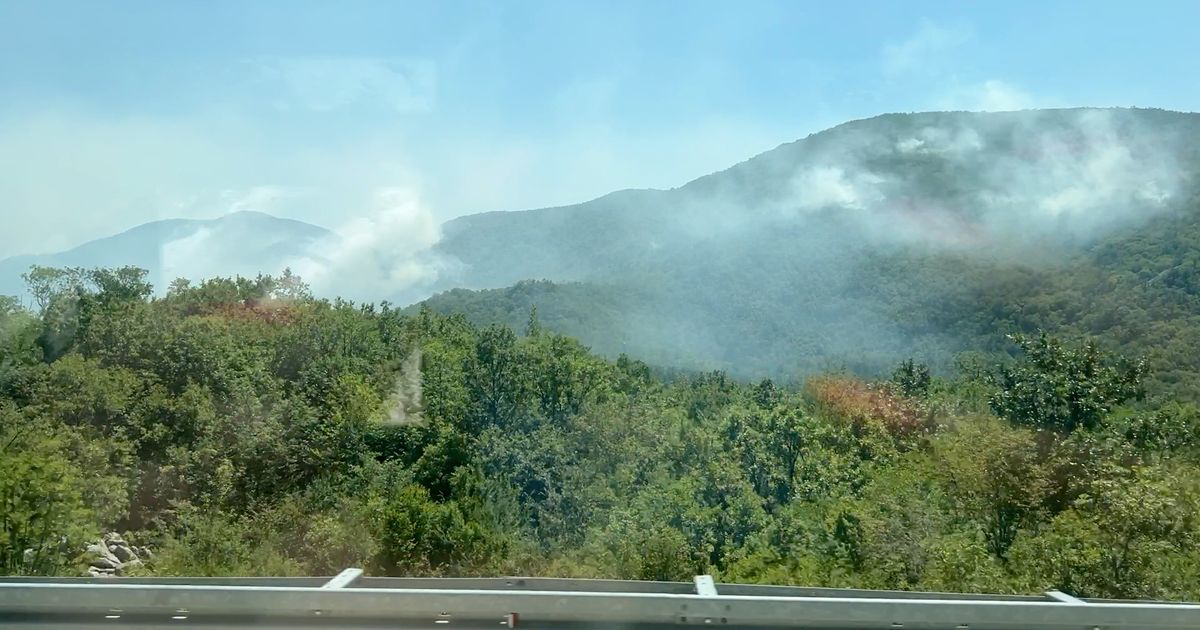Montenegro is entering the fire season with limited aerial firefighting capacities, currently only one airplane and one helicopter are operational. The Director of the Directorate for Protection and Rescue of the Ministry of Interior, Miodrag Bešović, confirmed that the other aircraft are undergoing servicing and are expected to be ready within the next month. Despite the Prime Minister’s announcement that the state will purchase a Canadair water bomber, Bešović emphasized that this is unlikely to happen in the near future due to the high cost and long delivery time. Instead, Montenegro has applied for a multi-purpose helicopter through the EU Civil Protection Mechanism, which could carry four tons of water. The biggest challenge is not the lack of funds but complicated public procurement procedures that slow down aircraft maintenance. Bešović announced initiatives to amend the public procurement law to allow faster procurement of parts and maintenance. With existing capacities and planned acquisitions, the country could respond to fires with a Canadair.
Political Perspectives:
Left: Left-leaning sources emphasize the challenges faced by Montenegro in managing fire safety due to bureaucratic hurdles and the need for better public procurement laws. They highlight the importance of investing in public safety infrastructure and criticize delays caused by administrative inefficiencies.
Center: Center-leaning sources report the facts about Montenegro’s limited firefighting capacities and the current operational status of aircraft. They provide balanced coverage on the government’s plans and challenges, including the financial and logistical aspects of acquiring new firefighting equipment.
Right: Right-leaning sources focus on the government’s responsibility and efficiency in handling fire safety. They may emphasize the need for quicker decision-making and criticize the slow procurement processes. They also highlight the financial burden of purchasing expensive equipment like the Canadair water bomber.



